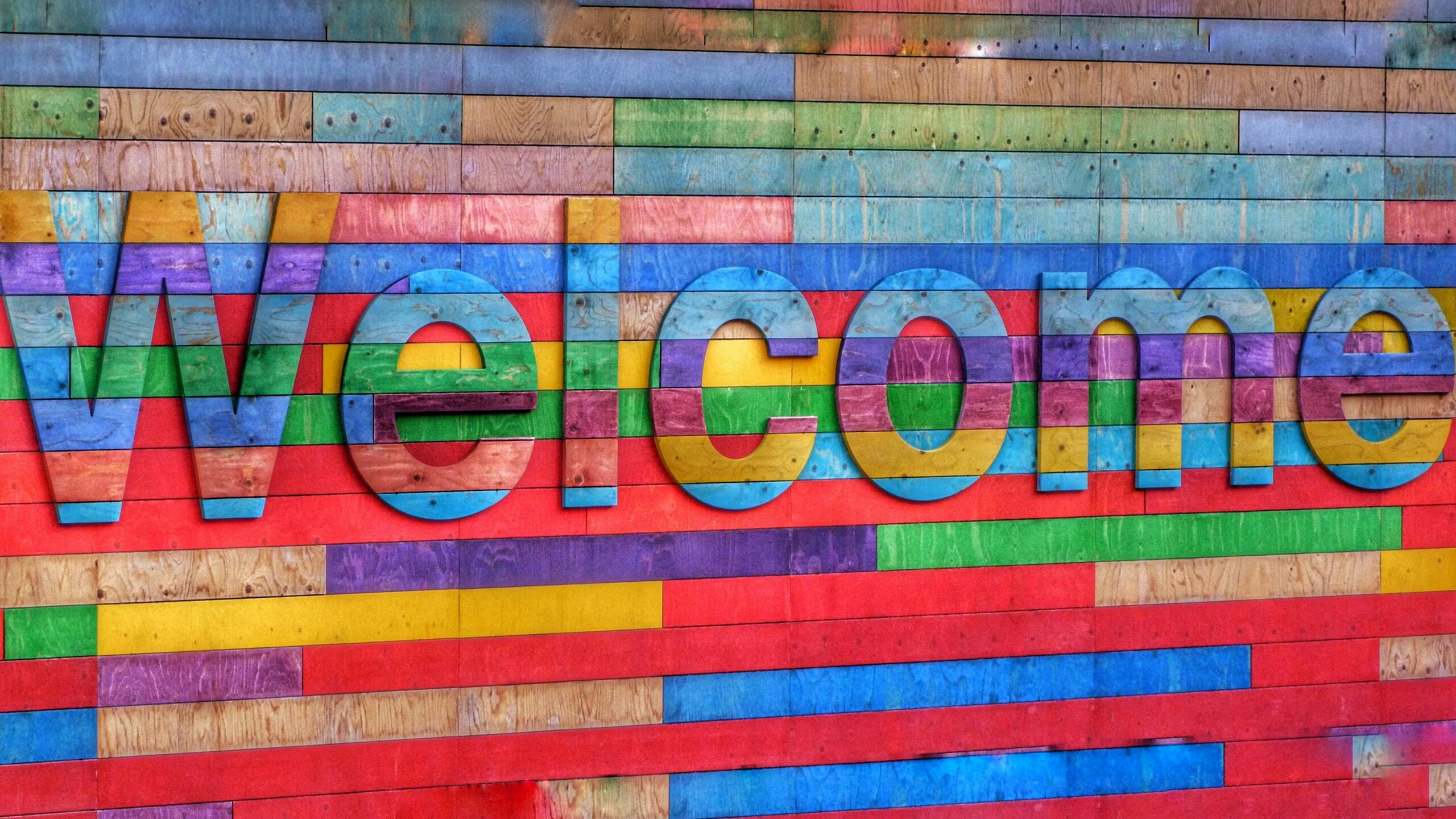What does onboarding a new remote employee look like?
Bringing on a new team member doesn’t look the same when an employee isn’t in the office. It’s important that new employees have what they need to feel connected to the organization and to their peers. It’s also imperative that they have the tools they need to be successful at their job.
Remote onboarding is more important than ever as flexible working models continue to rise in popularity. According to Forbes, as of 2023, 12.7% of full-time employees work from home—while 28.2% work a hybrid model. And it is projected that 32.6 million Americans will work remote by 2025 which equates to about 22% of the workforce.
This uptick is a result of organizations recognizing how successful remote work can be. In addition to reducing burn out, work flexibility has also proven to increase productivity, and reduce employee turnover and absenteeism.
To help boost remote onboarding within your organization, we present these 6 tips.
Make New Hires Feel Welcome
A warm welcome to the company can certainly help get things started off on the right foot and reinforce a new employee’s decision to accept the position.
Send a welcome email or set up a video call to introduce them to their team members. Introducing them prior to their first day will help “put a face to the name” and lessen the fear of not knowing anyone (especially when they aren’t directly down the hall).
Got some cool company merch? Send that along too! Company swag is a great way to warmly welcome a new employee and help them get excited to be a part of the team.
Provide an Employee Handbook
Sharing an employee handbook is a crucial part of onboarding. If you were to purchase a new T.V. you’d expect it to come with a manual, some kind of instruction to get it set up, what to expect from it, and what kind of features there are.
Similarly, a new employee should be well versed in the company culture and protocols, the so-called “rule book”. This prepares employees for what to expect when entering this new relationship.
Using a HR information system is an effective way to make sure all employees have acknowledged and signed the handbook. Scheduling a video call to go over these documents will help create a more personal connection with your remote employee.
Set Them Up for Success
Make sure that your remote employees have the tools they need to do their job successfully. Confirm that they have a dedicated working area within their home that they can use as a home office.
If you have a budget in place for setting up a new employee’s home office, consider sending items like a printer, computer, paper and anything else they might need before their first day. This gives them plenty of time to get set up and prepared to start.
Make Their First Day Special
On a new hire’s first in-person day at the office, you might show them around, introduce them to various employees, peers and upper-level staff. You might point out where the conference room is or the employee kitchen.
With remote employees, it’s still important to make them feel comfortable and connected. Set up a “first day coffee chat” via video conferencing with your new employee. Encourage team members or managers to join in on the call.
This is a great way to make “face to face” introductions, help them understand the team roles, and how they will fit into the mix.
Check In
After a while, there might not be a need to check in with your employees on a frequent basis, however, starting a new position remotely can be isolating. Routine check-ins can be helpful in making sure your employee feels connected and understands their role.
Schedule regular check-in times and encourage them to ask questions. You don’t want to make them feel micromanaged, the goal is to find a balance between efficiency and proper acclimation.
Rely on the Right Technology
By automating onboarding, you’ll have more time to devote to making your new hires feel welcome and engaged, while setting them up for success within the organization.
Schedule a call today to discover how Counter Point HCM can help you source, hire, and onboard the right talent regardless of whether your team is remote, on-site, or hybrid.

